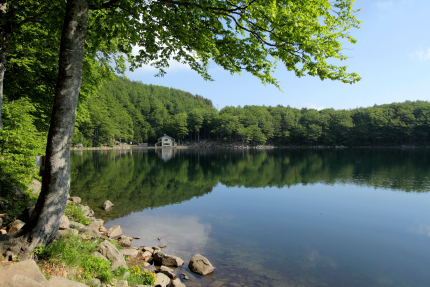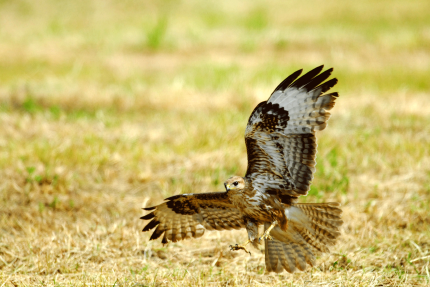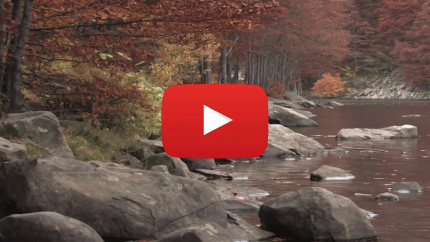Appennino Tosco Emiliano National Park
Country: Italy
Established in: 1997.
Surface area: 26,149 hectares; pre-park: 33,824 hectares.
Municipalities: Corniglio (PR), Busana, Collagna, Ligonchio, Ramiseto, Villa Minozzo, Castelnovo ne’ Monti (RE), Giuncugnano, San Romano di Garfagnana, Villa Collemandin (LU), Comano, Filattiera, Fivizzano, Licciana Nardi (MS).
Main features: high-mountain forests, ridges and glacial lakes.
Discover the Park!
Park Description:
The vast protected area between Emilia and Tuscany covers most of Reggio’s mountains and includes the imposing ranges of Prado, Cusna and Alpe di Succiso that are over 2,000 m high. The upper Parma, Enza and Secchia Valleys and the Tuscan Magra and Serchio valleys also fall within the park, for the creation of which pre-existing parks and natural reserves were put together to form an extremely valuable unit from the viewpoint of nature, landscape and history. From the peaceful peaks there is a splendid panorama of meadows, bilberry heath, beech woods and coniferous forests, deep valleys and torrents, small, tranquil mountain lakes and precious peat bogs. Golden eagles and wolves - a permanent presence in the area for many years - stand out among other animals, including large mammals such as red deer, wild boar, roe-deer, very many migratory and resident birds as well amphibians like the Alpine newt and common frog.
To the amazingly rich botanical world of the park belong some endemic species, such as the Primula apennina and Globularia incanescens and glacial relicts such as black crowberry, Alpine rose, highland rush, and Eriophoron scheuchzeri, indigenous Norway spruce forests, silver fir and yew alternating to beech woods, rare orchids, gentians and other species typical of the Apennines. Because of the great variety of their flora, Mount Prado and other mountains are considered to be natural botanical gardens proper. In the glacial valleys there are evocative pools, like the lake of Monte Acuto, close to the Lagastrello Pass, the Lake Santo and the Lagoni of the upper Parma valley. Around Cerreto Laghi the partial decomposition of moss and bog moss has transformed the sheets of water into delicate peat bogs, inhabited by rare botanical species, including round leaf sundew.

Lago Santo Rifugio - Photo by Michele Mendi
In the Tuscan portion of the park, the calcareous massif of Pania di Corfino dominates the forests of Orecchiella, while - in a bare patch within a beech wood - dense palustrine vegetation encloses the spring of Lamarossa. The valleys of the rivers Secchia, Riarbero and Ozola, near Reggio, are characterised by the schiocchi, precipices cut vertically into arenaceous rocks. Farther east, the beech and fir woods of the Abetina Reale, which belonged to the d’Este family, stretch across the Dolo Valley. In the northern sector, the isolated Mount Ventasso with its enchanting Lake Calamone stands out from the surrounding landscape. Along the Secchia, the gypsum morphologies from the Triassic characterise the environment, as does the unique silhouette of the Pietra di Bismantova, which was quoted by Dante.
The valleys of Emilia and Tuscany carry on glorious traditions, of which the “Maggi”, an age-old type of traditional epic theatre, is a clear example. The age-old history of this land is condensed in the fascinating mountain villages as well as in the traces of the medieval pilgrimages and of the lives of woodmen, wood-cutters, charcoal burners and shepherds. Cerreto, Febbio, Civago and others are thriving tourist communities, also thanks to their famous skiing facilities. Many mountain refuges and nature trails are disseminated throughout the territory, which are suitable for horse-riding and mountain-biking. The visitor centres of Busana, Cerreto Laghi, Ligonchio, Cerreto Alpi, Febbio, Succiso, Civago, Orecchiella, Pania di Corfino create a well-organised network. Many top-quality typical products can be bought here, from “Parmigiano-reggiano” and “pecorino” to farmhouse bread and cakes, chestnuts, bilberry and other woodland fruit, honey and mushrooms.

Buteo buteo - Photo by Antonio Iannibelli
CEETO Pilot Action Objective:
The pilot aims to implement the tourism governance model in the Appennino Tosco Emiliano Nationa Park, representing the high mountain environment in Emilia-Romagna Region: rocky summits up to 2000 mt, forest
ridges, lakes, streams &waterfalls, blueberry moorlands, high-mountain grasslands. In Jun 2015 it was awarded, included in a wider area, the status of UNESCO Man &Biosphere Reserve of Appennino Tosco Emiliano Education & reserach for protection, valorisation.
Appennino Tosco Emiliano National Park - CEETO Pilot Area video-presentation:
This video portrays the main natural features and tourism challenges that the Appennino Tosco Emiliano National Park, Italy, is facing. With CEETO project, the Park will test and implement a system to tackle the existing challenges.

